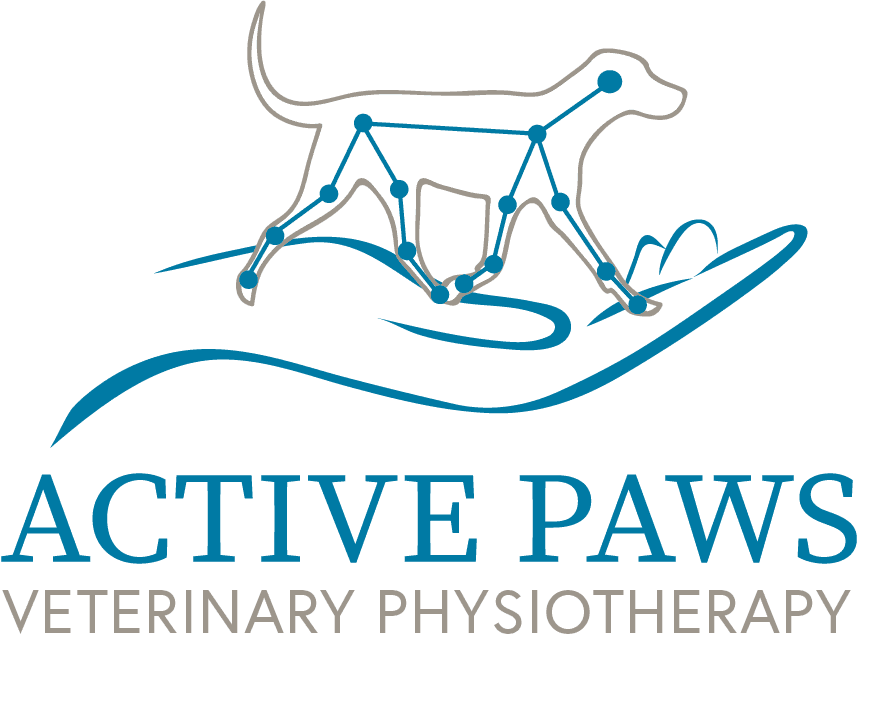Puppy exercise and growth plates
- By Natasha Bentley RVN, Dip Vet.Phys
- •
- 04 Feb, 2018
- •
Am I doing too much, too young with my puppy?
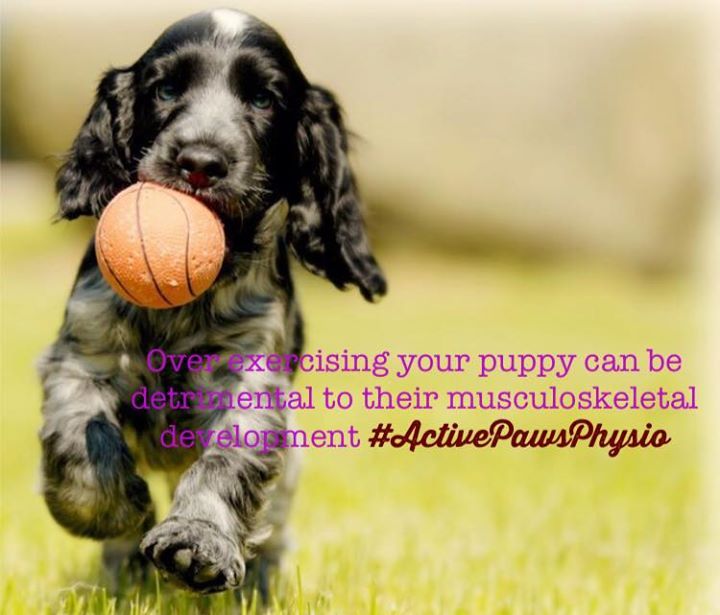
It is so exciting
welcoming a new member into the family especially when they have four paws,
fluffy and bouncy. This bundle of cuteness is now always on the go, wanting to
explore and hardly ever sleeping. You are now thinking to yourself how am I
ever going to tired this little one out? Many owners think it is impossible to
over exercise or over tired their new little family member, as after all they
are always on the go and wanting to do more. However sometimes it is easy to
get carried away and forgot about the development of their growth plates and
the damage of what too much exercise can do.
To understand what damage can be done, we firstly
need to know what is a growth plate?
Growth
plates are found in the long bones of your puppies’ limbs. It is an area of
cartilage located at each end of the long bone which determines the length and
shape of the bone. Once fully developed the growth plates close and is replaced
by solid bone. During this development stage your puppy is at higher risk of
injuring themselves if over exercised or involved in high impact activities.
Injuries or fractures to a leg can be detrimental to your puppies’ development.
It can cause deformities, bones to stop growing and abnormal gaits that the
puppy will have to live with forever. This will not only affect their skeletal
development but also the development of their muscles.
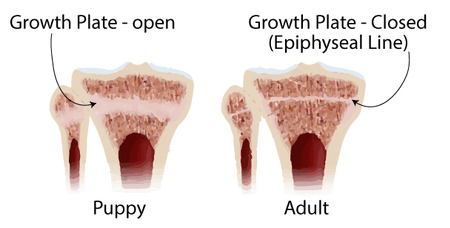
Now we know what a growth plate
is and why it is important that they develop correctly, how much exercise /
adventuring can you do with your puppy?
Low impact activates are the key to
encouraging normal skeletal development. Lead walking, lots of stiffing and
meeting and greeting of other four legged friends are all classed as low impact
activities. High impact activities such as jumping, vigorous play and running
after balls / Frisbees should be discourage or monitored carefully to avoid
injuring your growing puppy. Depending on your puppy’s breed, growth plates
should be fully fused by around 9months of age. Giant breeds however develop at
a much slower rate and can take up to 1824 months to reach full skeletal
maturity.
As a
rule of thumb (backed by kennel club UK) for every month of your puppy’s age,
they should receive five minutes of exercise twice daily.
An 8-week-old puppy should only be getting
exercised for 10 minutes’ twice daily and a 6-month-old puppy can exercise for
30 minutes’ twice daily. This may seem like a short time but remember you would
not expect a toddler to be walking a mile or being able to walk around the
supermarket with you.
After reading this you may be worried
that you’re never going to have a tired puppy. Introducing mental stimulations
such as Kong’s, slow feeders, puzzle boards and basic training are great ways
to bond with your puppy and encourage interaction. Remember this puppy period
will fly by and you will soon be able to go on them big wild adventures
together.
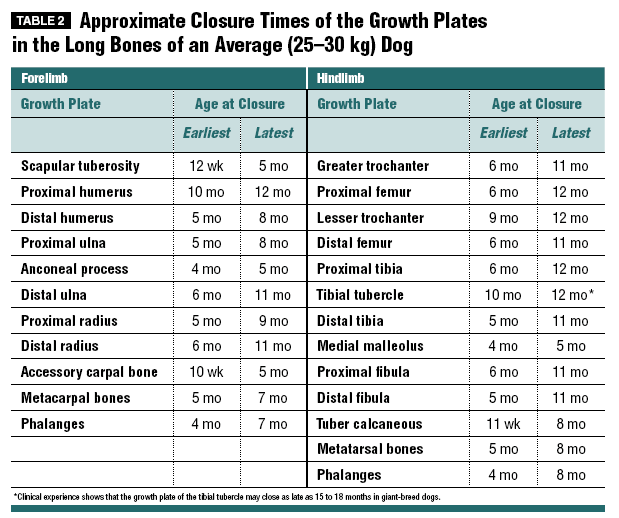
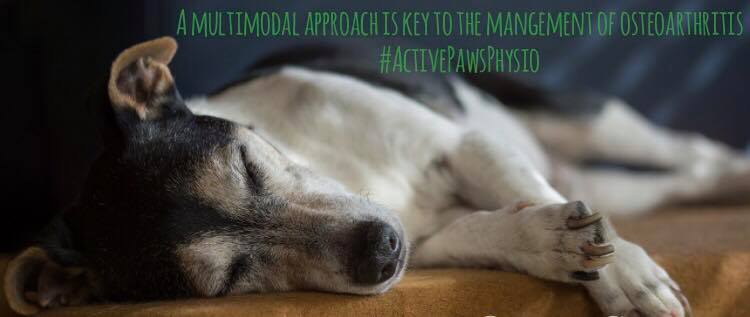
So you have noticed that your four legged friend has started to slow down, started limping, not wanting to play or jump up anymore or just generally looking a bit stiff and immobile. You have had your vet examine you four-legged friend and they have been diagnosed with osteoarthritis. They prescribe some anti- inflammatory and off you go just thinking to yourself that this is just old age changes and that just the way of life, right?
Did you know that unfortunately over 80% of dogs over the age of 8years old suffer from osteoarthritis and it is the biggest cause of premature euthanasia.
So, what is osteoarthritis and what can we do to help our four-legged friends?
Osteoarthritis is a degenerative condition of the normal structure within a joint. A healthy joint consists of two bones which are covered in smooth cartilage and lubricated with joint fluid. This allows movements to occur without any friction or pain. A joint affected by osteoarthritis will become inflamed, painful and lack in range of movement due to the progressive loss of articular cartilage and osteocytes (new bone) starting to form within the joint.
Here is a great flow chart by CAM (canine arthritis management) explain the progression of osteoarthritis
